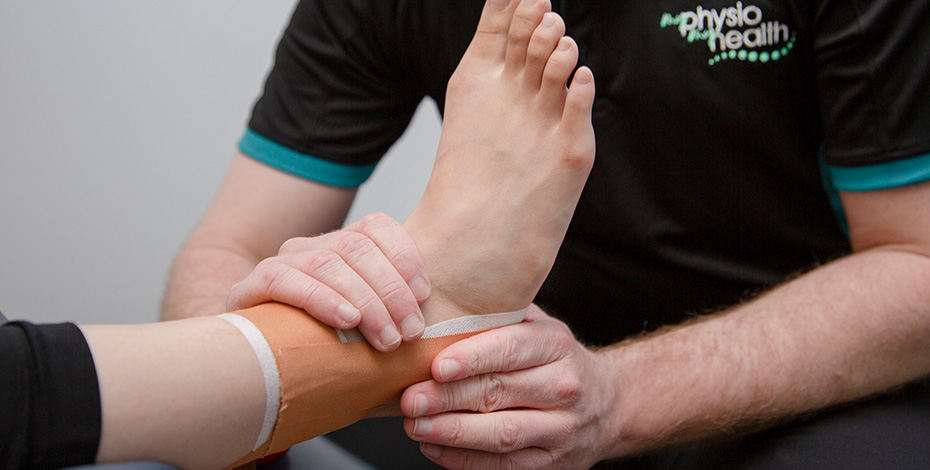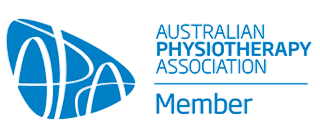
Sprains-Stretched/Torn ligaments (connective tissue attaching from bone to bone)
Strains- Stretched/Torn muscles or tendon (connective tissue attaching from muscle to bone)
Symptoms of Sprains and strains
| Sprains | Strains |
| • bruising
• pain • swelling • limited flexibility • reduced range of motion |
• muscle spasm
• pain • swelling • limited flexibility • reduced range of motion |
Causes/Etiology:
| Sprains | Strains |
| · Poor balance
· Poor proprioception · Weakness of surrounding muscles · Poor conditioning · Accidental · Trauma |
· Inadequate warm-up
· Using too much weight · Fatigue · Overuse · Weakness of the muscle or surrounding muscles · Inadequate flexibility · Poor conditioning · Accidental |
Diagnosis/assessment of sprains and strains
Our physiotherapists will help assess the severity, stage, and type of injury. Whether it be a sprain or strain, to help determine the best management for you. Usually, the type/severity of the injury can be classified into Grade 1,2 or 3 as follow:
Grade 1-stretching of tissue, no tear. Mild to moderate pain present
Garde 2-some tearing of connective tissue. Moderate to severe pain present
Grade 3-full thickness tear, surgery may be required. Severe pain may or may not be present
The higher the grade of injury, the longer it takes for the rehabilitation process.
Treatment (How can a physiotherapist help me?)
To determine the best treatment suitable for you. A physiotherapist would first have to assess the type, severity, and stage of damage, as a cookie-cutter approach is rarely effective.
RICE
In the early stages, we would aim to calm the pain and swelling first. Generally, we would apply the principles of RICE, which refers to Rest, Ice, Compression and Elevation. Our physiotherapists will guide you through each process that will be tailored towards your injury.
Massage
During the early stages of injury, swelling and stiffness will occur at the injury site. Therefore, our physiotherapists will be able to help massage and push the swelling away and reduce pain. At the same time, help reduce the stiffness of the irritated tissue, so that you can regain some movement that will help speed up the healing process.
Taping or strapping
When there is damage to the ligaments, taping or strapping may help stabilise your joints so that you can feel more supported and less pain at the same time not limiting too much of your movements as much as a brace would.
Braces
Depending on the stage or severity of the injury, a physiotherapist may prescribe appropriate equipment such as braces or supports to help lessen the pain and burden on the area injured until it heals.
Mobilisation of stiff joints
It is not uncommon for joints to go stiff when we move it less due to a variety of reasons like pain, injury or reduced body awareness. Therefore, our physiotherapist will be able to help find and loosen up any stiff joints to lessen pain, increase comfort and ensure optimal mechanics of your body. This will all in turn help prevent any future injuries or long-term damages.
Home-exercise programs
To help speed up healing and prevent future or recurring sprains and strains. A tailored exercise program will be provided to you which will be specific to your needs. This may include strengthening surrounding muscles, enhancing your proprioception (sense of body position) and improving your balance.
My Physio My Health
Trust our team of physiotherapists to help you recover faster and improve your quality of life.

 WISHING EVERYONE A HAPPY NEW YEAR! WE'VE RETURNED TO OUR REGULAR OPENING HOURS
WISHING EVERYONE A HAPPY NEW YEAR! WE'VE RETURNED TO OUR REGULAR OPENING HOURS



